Choosing the Right Scaffolding for Your Project
Selecting the proper tools and equipment is essential to completing your construction project safely, on budget, and on time. Among these critical tools is scaffolding—a temporary structure used to support workers and materials at heights during construction, maintenance, or repair of buildings, bridges, and other structures.
When choosing scaffolding for your project in San Francisco, California, there are several key factors to consider to ensure safety, efficiency, and effectiveness. Here’s what you need to know.
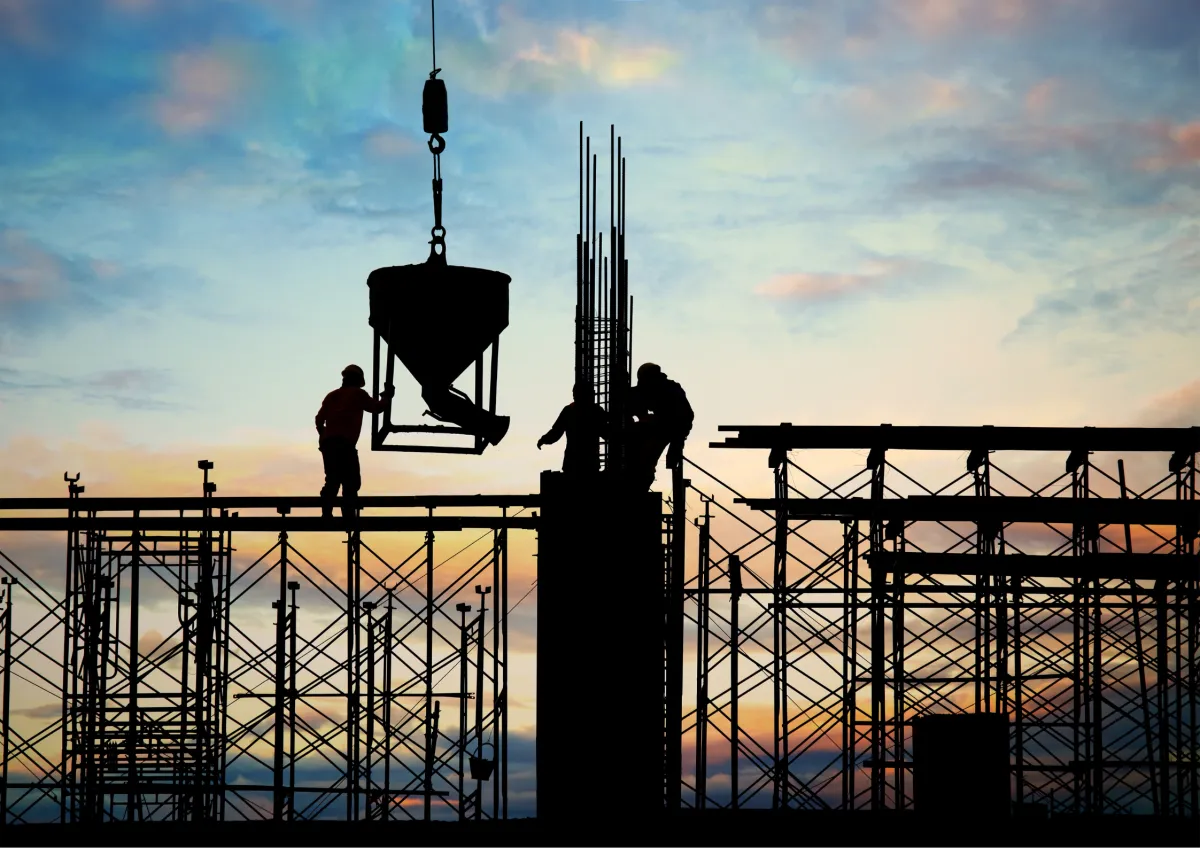
Key Factors for Choosing the Right Scaffolding in California
When selecting scaffolding in California, safety should always come first—and one key safety factor many overlook is the scaffold's height. Choosing scaffolding of the correct height prevents overstretching and significantly reduces the risk of falls or accidents on site.
Beyond height, there are several other important considerations to ensure you select the best scaffolding for your construction project:
Know Your Scaffolding Needs
Before choosing scaffolding, clearly assess your project’s specific requirements. Each construction job is unique, some need scaffolding that can easily handle heavy equipment and numerous workers, while others require mobility to frequently move around the site. For mobile projects, rolling scaffolding is ideal, whereas fixed scaffolding works perfectly for stationary tasks.
Understanding these needs upfront ensures your scaffolding choice is safe, practical, and cost-effective.
Budget: Choosing Scaffolding That Matches Your Needs and Finances
After identifying your scaffolding needs, setting a realistic budget is essential. You want scaffolding that's effective and reliable—but also affordable. Look for reputable and cost-effective scaffolding providers in San Francisco that can meet your requirements without overstretching your finances.
However, if your priority is speed rather than budget, adjustable scaffolding or suspended scaffolding could be ideal. These options may be pricier but offer quicker assembly and greater flexibility, saving valuable project time. Additionally, for uniquely shaped or complex projects, customized scaffolding options—such as suspended or tube-and-clamp scaffolds—might be necessary, ensuring the perfect fit for your specific requirements.
Recommendations: Finding a Trusted Scaffolding Provider
When looking for a trustworthy scaffolding company in San Francisco, seeking recommendations from friends, family, or professionals in the construction industry can be highly beneficial. This approach can help you identify dependable service providers that offer high-quality scaffolding products and services.
A reliable scaffolding company in California will always take the time to understand your exact needs before suggesting any product. Be cautious of providers who immediately recommend specific scaffolding without carefully assessing your requirements—that’s a clear sign you should continue your search elsewhere.
Safety: Prioritize Protection on Your Project
When renting scaffolding in San Francisco, safety must always be your top priority. Different scaffolding types are built from various materials, each offering unique safety features. It’s essential to choose a scaffolding option that not only fulfills your project's specific needs but also complies with both U.S. and international safety standards.
To ensure maximum safety, look for scaffolding with these critical features:
Safety guardrails
Specialized scaffolding platforms
Comprehensive user guides and clear instructions
Built-in easy and safe access points
Slip-resistant surfaces
Choosing scaffolding with these safety features will significantly reduce risks, ensuring the protection of your workers and equipment.
Terrain: Choosing the Right Scaffolding for Your Site
Another vital factor to consider when choosing scaffolding is the terrain or ground conditions at your construction site. For soft or uneven surfaces, suspended scaffolding is usually the best solution. Conversely, on stable, firm ground, scaffolding with solid ground support will work effectively.
Selecting scaffolding that suits your terrain ensures the safety of your workers and equipment, preventing costly and potentially dangerous mistakes.
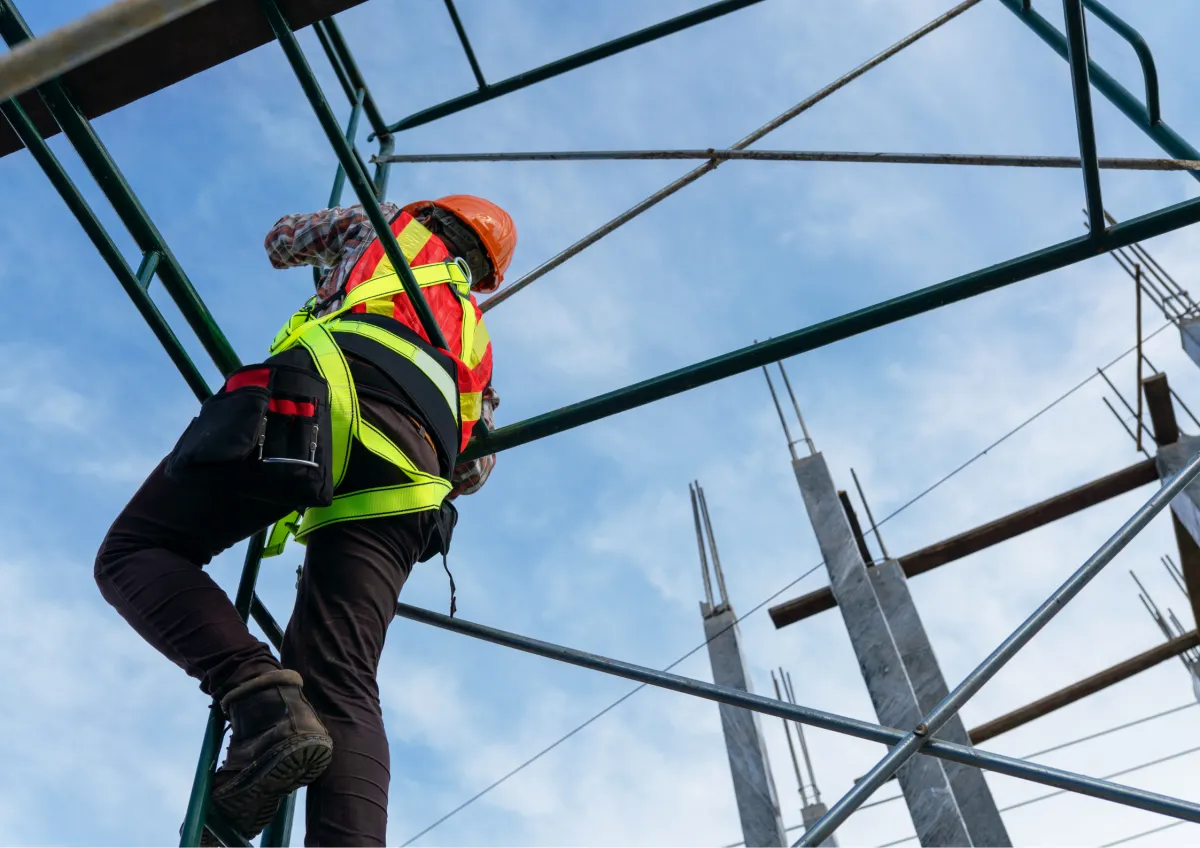
Using Scaffolding Safely for Your San Francisco Construction Project
After you've carefully selected the ideal scaffolding for your construction project in San Francisco, the next crucial step is ensuring its safe and effective use. The following guidelines will help you manage scaffolding safely and responsibly throughout your project.
Managing Scaffolding Risks: Prioritizing Safety and Compliance
Scaffolding regulations and guidelines exist primarily to protect workers and visitors at construction sites. Ensuring compliance not only keeps your workforce safe but also provides a secure environment for site visitors such as inspectors and contractors.
To effectively manage scaffolding-related risks during your project in San Francisco, follow these key steps:
Identifying and Managing Scaffolding Risks
To effectively manage risks associated with scaffolding on your California construction site, the first step is identifying the potential hazards tied to your project and scaffold type. Here are essential steps to help you recognize and evaluate these risks clearly:
Analyze Your Physical Environment:
Assess how your scaffolding will interact with existing structures, moving vehicles, pedestrians, and other equipment on-site.Evaluate Ground Conditions:
Carefully inspect terrain and environmental conditions where scaffolding will be placed. Ensure the scaffold is suitable for your site’s specific ground stability and conditions.Understand Functional Requirements:
Clearly determine what your scaffolding must achieve—such as supporting heavy equipment or facilitating worker mobility—to ensure it matches your project's specific needs.Perform Regular Scaffold Inspections:
Inspect scaffolding thoroughly and frequently. Promptly identify, reject, and replace any damaged or compromised components to maintain safety.Review Incident Records:
Check historical records of injuries or incidents involving similar scaffolding setups to proactively address potential issues and avoid repeating past mistakes.
Risk Assessment: Evaluating Scaffolding Hazards
After identifying potential scaffolding risks, your next crucial step is assessing the severity and likelihood of each hazard. Even when risks seem familiar and manageable, it's vital to carry out a detailed risk assessment. This helps you clearly understand the urgency of each risk and determine precisely what immediate safety measures and precautions are required.
Controlling and Reducing Risks
According to U.S. occupational safety laws, every practical step must be taken to minimize or eliminate scaffolding-related risks on construction sites. Once your control measures are in place, regularly review and monitor them to ensure ongoing effectiveness. It's equally important to reassess safety controls whenever working conditions change, helping you maintain a consistently safe work environment throughout your construction project.
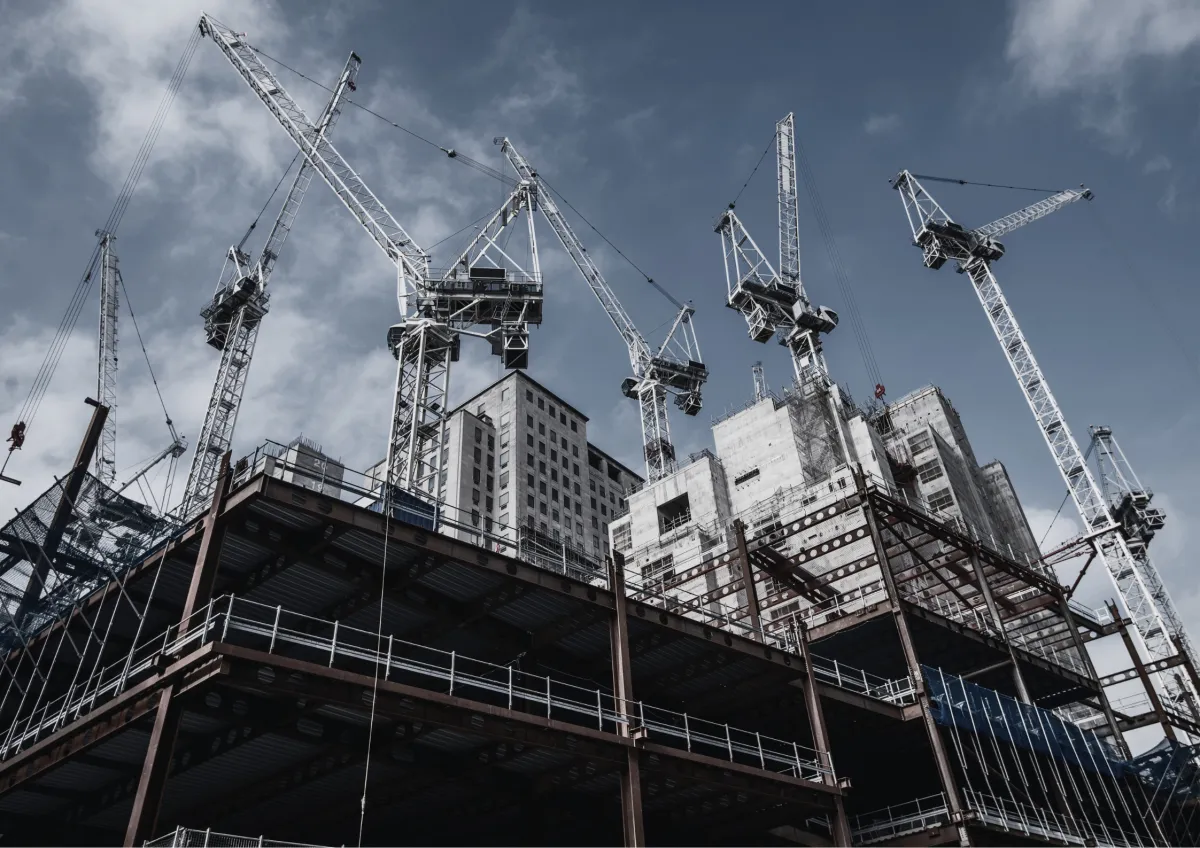
Supporting Structures: Ensuring Scaffold Stability
In certain scenarios, you may need to evaluate whether surrounding structures can adequately support your scaffolding—especially under extreme load conditions. If this is the case for your project, it's crucial to consult with a professional scaffolding company in San Francisco to ensure safe and secure anchoring.
Why is Scaffolding Essential in Construction?
When people think of construction sites, scaffolding is often one of the first images that come to mind and for good reason. Scaffolding is a critical component in nearly all building and maintenance projects. Here's why it's so important and what advantages it provides.
Key Advantages of Using Scaffolding
Scaffolding is typically set up during the early stages of any construction or maintenance project. It's a temporary structure designed to provide crucial support and safe access to elevated areas. It also makes transporting materials and equipment easier, enabling workers to perform their tasks safely and efficiently.
Here are some significant advantages scaffolding brings to your project:
Safety: Protects workers from falls and injuries.
Accessibility: Allows workers to easily reach difficult areas.
Efficiency: Facilitates faster movement of equipment and materials.
Productivity: Enhances the overall workflow and productivity on site.
Flexibility: Can be adjusted and customized based on project requirements.
Strategic Positioning: Helping Workers Do Their Best
One of the greatest benefits of scaffolding is how effectively it positions workers to safely and comfortably perform their jobs. Unlike ladders, which can be unstable and awkward, scaffolding gives workers a solid and level platform directly in front of the work area. This means they can easily reach ceilings, walls, or other high places without risking balance or safety.
Scaffolding also allows multiple workers to safely operate side by side at the same time, significantly improving productivity. Workers can maintain comfortable and flexible positions, increasing both safety and efficiency on the job site.
However, these benefits rely on choosing a reliable scaffolding provider in San Francisco. To ensure safety and effectiveness:
Carefully analyze your construction site to see how scaffolding will interact with buildings, vehicles, and people.
Inspect the ground and surrounding environment thoroughly before setup.
Clearly define the functional requirements of your scaffolding based on your specific project needs.
Conduct regular inspections and promptly replace damaged scaffolding parts.
Review any past incidents involving similar scaffolding setups to proactively avoid potential hazards.
Choosing scaffolding with these safety features will significantly reduce risks, ensuring the protection of your workers and equipment.
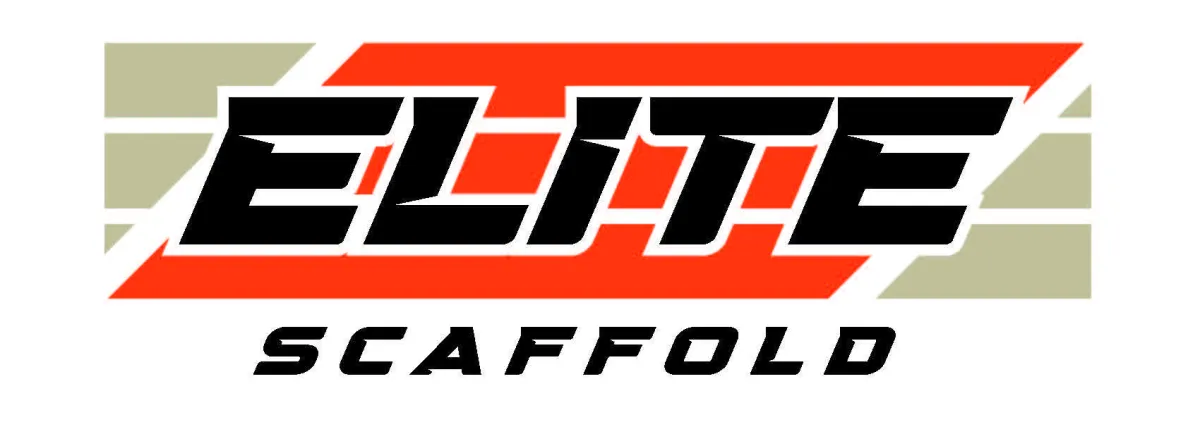
ASK ME ANYTHING!
CLICK TO TALK TO OUR AI AGENT - 24/7
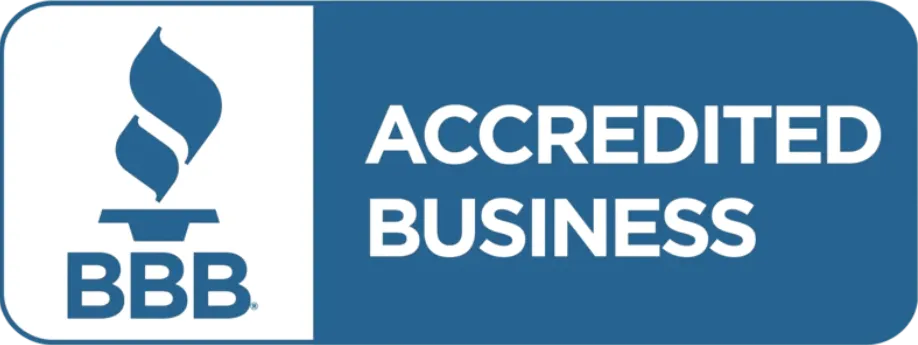
FOLLOW US
Copyright 2025. Elite Scaffold. All Rights Reserved.
